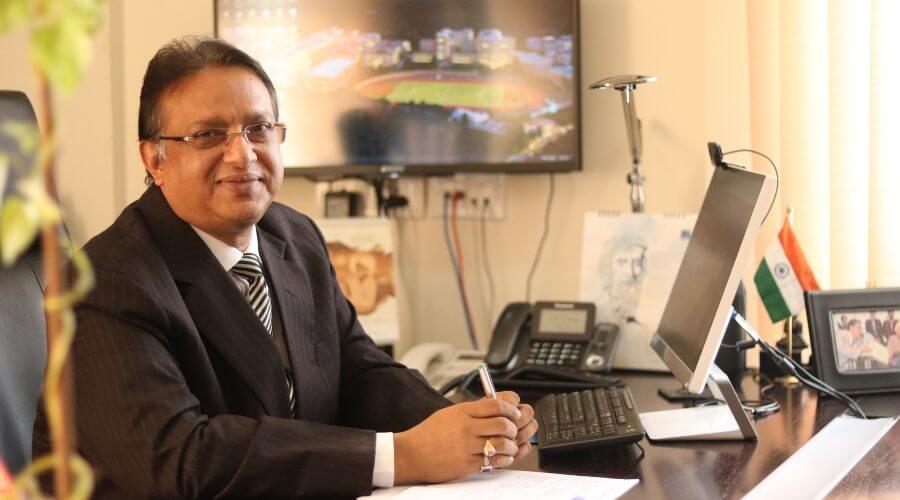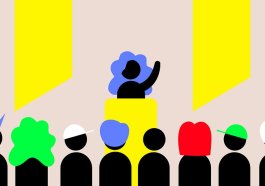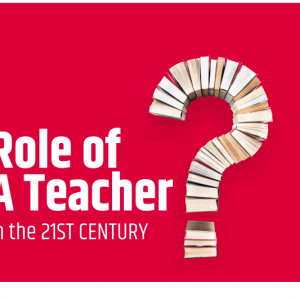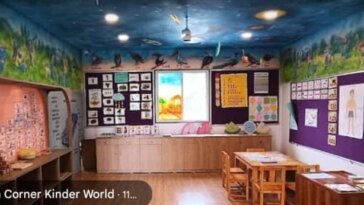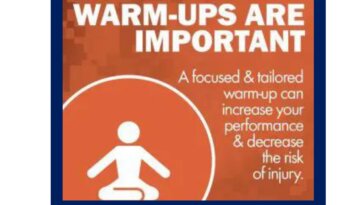As we journey through the 21st century, it is strongly believed that Education should make room for students to master the learning process, truly engage with their education and skill building, and bring a sense of ownership while students learn in their own individual and varied ways. One such believer is Dr Bijaya Kumar Sahoo, Founder, SAI International Education group, Bhubaneswar. We got a chance to get some valuable insights from Bijay sir about how Education should evolve in the 21st century.
What is your vision for Education in the future?
Education for tomorrow must enhance the learner’s ability to become a co-creator of knowledge rather than just being a passive receiver. How can you expect a student to become a lifelong learner, one who carries the vision and desire to learn, to unlearn and relearn in all spectrums of life?
Being a passive receiver of knowledge will never trigger creativity or critical thinking skills.
It is more like keeping the learning to yourself and it will be of no help to anyone, not even the person who learns.
Could you tell us what you mean, specifically, by lifelong learning?
There are four pillars of lifelong learning-
Learning to know
Learning to do
Learning to live together and with others
Learning to be
Students can be involved in various small and big activities inside and outside the classroom where they can have all the freedom to devise their own line of action to complete the assigned tasks. Let them take the onus of their acts.
Help students turn mistakes into opportunities which is one of the major ways to keep them inspired.
Help them rethink the definition of failure. Help them use a variety of strategies to analyse and synthesize information.
In your opinion, what kind of activities help instil lifelong learning?
Informal debates, discussions, idea sharing with students in groups or on a one- to- one basis helps a lot. Students shouldn’t be discouraged, rather we can tell them about the pros and cons of a situation, and not about what to do in that situation. Allow them to use their knowledge to do things. Let them critically analyse situations and not get demotivated if things go wrong.
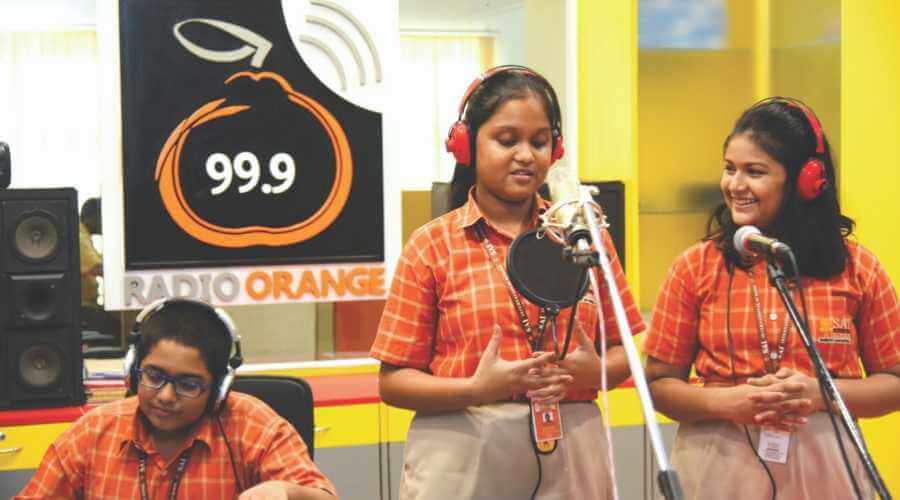
Could you tell us about a specific lifelong learning skill?
Since learning should have a purpose, this means having the outcome clearly in mind is essential. There must be a valid and worthwhile reason for learning. To have any value, it must be a meaningful and useful experience we can move forward with in our lives. This is especially true for our learners.
Goal setting is one of those lifelong learning skills that strengthens the desire to learn.
Positive self-talk is another way to keep the students and teacher motivated. Ensure that the students remain positive about what they do and know how to turn disadvantages into advantages and take the onus of success and failure themselves.
A global approach to learning is the key for tomorrow’s workforce.
We need to reimagine the physical spaces of our schools and transform them into “maker spaces”. What according to you would be required to set up schools that are 21st century ready?
I believe each corner of the school, like the walls, the corridors, the doors, the cafeteria and even the gardens should call out to students. None of it should look boring and dull; it should give a lively ambiance, as well as, convey some kind of message.
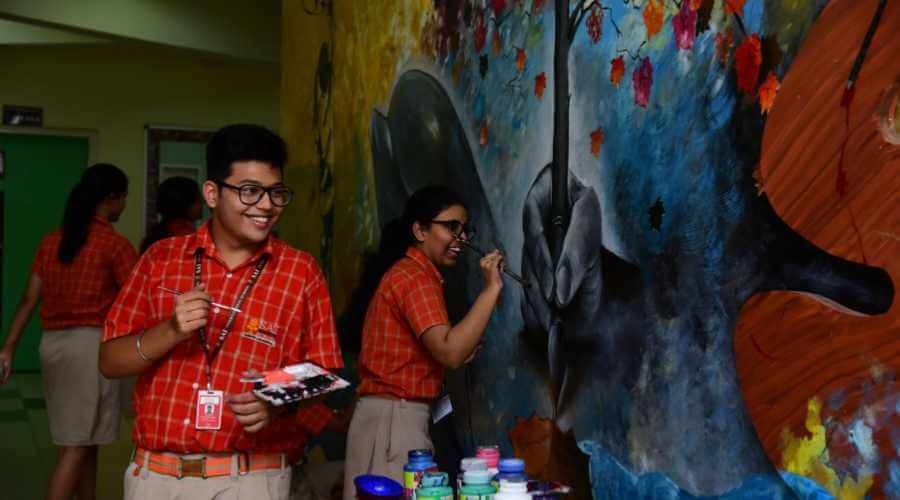
For instance, we can put some points about the importance of water near the drinking water zone. In kindergarten, we can put pictures of how animals, birds and man drink water or some funny pictures relating to water.In another area, we can put images about saving water. In primary classes, we can put a photo story related to saving water.
In secondary classes, it can be some facts relating to water and in higher secondary, it can be some innovations made to save water. Such small things can be a great way to trigger creativity and interest in a child. Some corners can be puzzle corners where students will have the freedom to solve puzzles. We can also have poetry corners, where children can express themselves.
It can be followed by transforming used and unused areas in to a ‘maker space’.

Some corners of a sports lab can have building blocks (meant for kids) for higher secondary students, or the ground area can have a sand area for students to try sand art or play in general. Students should have more than two breaks in a day, one to eat and play, and other for creative time where they should have all options to try their creativity as per their choice.They can try their interest in Robotics, or any tools in a Tinkering Lab.
What according to you are the most important 21st century skills for our future learners?
The most important 21st century skills are critical thinking, communication, collaboration, and creativity, and they can only be enhanced though constructive interactions and creating things after in-depth thinking. It is equally vital to teach students not to be destructive, and rather be constructive in whatever they do.
21st century classrooms require 21st century teachers. How do you reimagine a teacher who plays the role of a learning facilitator and who remains a learner too?
Only a motivated and happy teacher can motivate students. A friendly teacher who has gained the confidence of students can be an asset. Teaching in a creative way like storytelling or adding anecdotes can have a great impact.
For this, they need to be tech savvy, keep abreast with latest happenings, can attempt to converse with children in their own language, and know each and every student of the class quite well.
Teaching in a creative way like storytelling or adding anecdotes can have a great impact. For this, the teacher needs to do research on the subject he or she teaches. The teacher must come to school well prepared and should not carry the problems of home to school.
A teacher can teach well only if he or she adopts various methodologies to ensure that the students understand the subject well. For this, he or she should have a love for learning. The students inside the teachers must be roused to become lifelong learners and this can happen if they are given intermittent training in various domains, apart from academics. Teachers should also be given the freedom to implement their thought process after sharing it with others.
Teamwork and collaboration are also important. When we address the needs of a specific child, it can only be done through collaboration between teachers or else the approach can never be right.
How do you imagine the alignment of the government and independent sector to collaborate and also compete towards ensuring maximum student enrollment?
Collaboration can be done through sharing of best practices and providing proper hand-holding, as and when required. Spreading awareness messages and offering scholarships are definite ways to increase student enrollment.
What did you think of this article? How are you preparing students for 21st century, share with us in the comments section.

